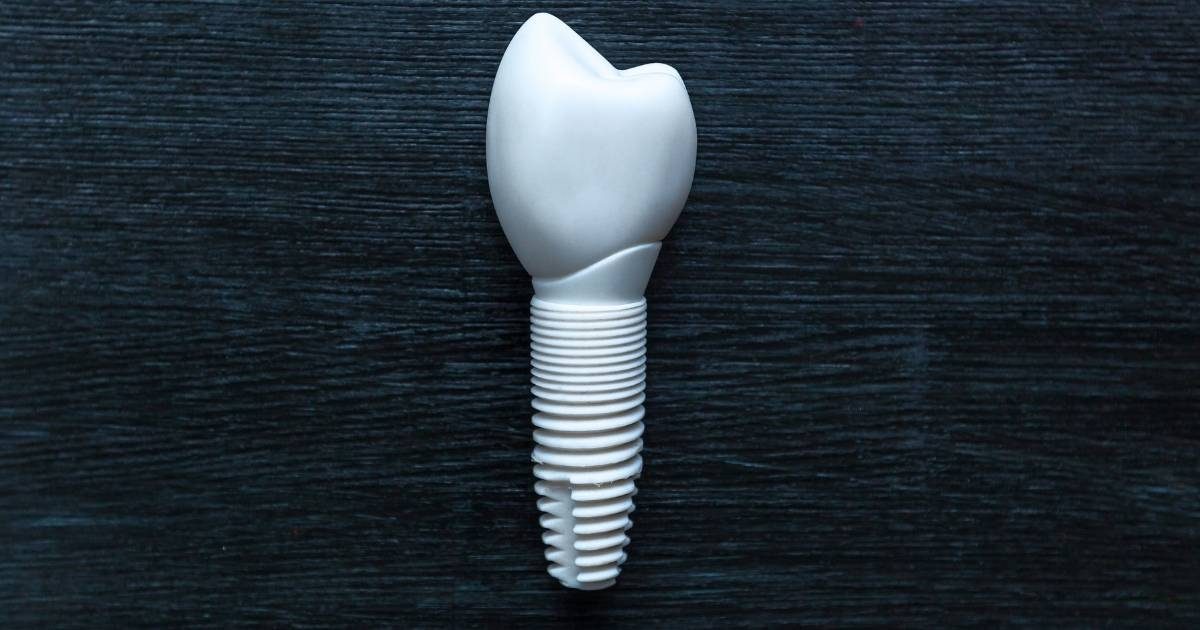Osseointegration (from Latin osseus “bony” and integrare “to make whole”) is the direct structural and functional connection between living bone and the surface of a load-bearing artificial implant. A more recent definition (by Schroeder et al.) defines osseointegration as “functional ankylosis (bone adherence)”, where new bone is laid down directly on the implant surface and the implant exhibits mechanical stability (i.e., resistance to destabilization by mechanical agitation or shear forces). Osseointegration has enhanced the science of medical bone and joint replacement techniques as well as dental implants and improving prosthetics for amputees.
Dr. Per-Ingvar Branemark is credited with discovering the phenomenon and coining the term of osseointegration. For decades it was believed, and to some degree still is, that titanium is the only material that is able to bond or integrate with bone.
We know today from work since the early 1960’s that other materials also integrate with bone. Materials such as aluminum oxide and zirconium oxide are two such materials. Other materials such as tantalum also integrate. What is interesting to note is that materials that integrate with bone, such as titanium, are materials that are very reactive to oxygen and easily oxidize. This is why the reality is that titanium is not the reason why titanium implants integrate it is in fact titania. Not Titania the Marvel supervillain but rather titanium oxide. Titania at the surface of a dental implant is that which facilitates the process of osseointegration, and similarly the zirconium oxide, zirconia, is what facilitates the osseointegration of zirconia implants. The material that interfaces bone in both the metal and ceramic implants is the oxide, or the ceramic.
The difference is that the oxide or titania layer of the metal implant is very weak and thin, in fact can be damaged quite easily, whereas the ceramic implant is a very stable oxide, that is not a byproduct oxidative reaction but the material in its stable form. The osseointegration of zirconia implants is as good if not better than that of titanium implants.
To learn more about the material science and application of ceramic dental implants check out my Ceramic Implant Dentistry Masterclass.


